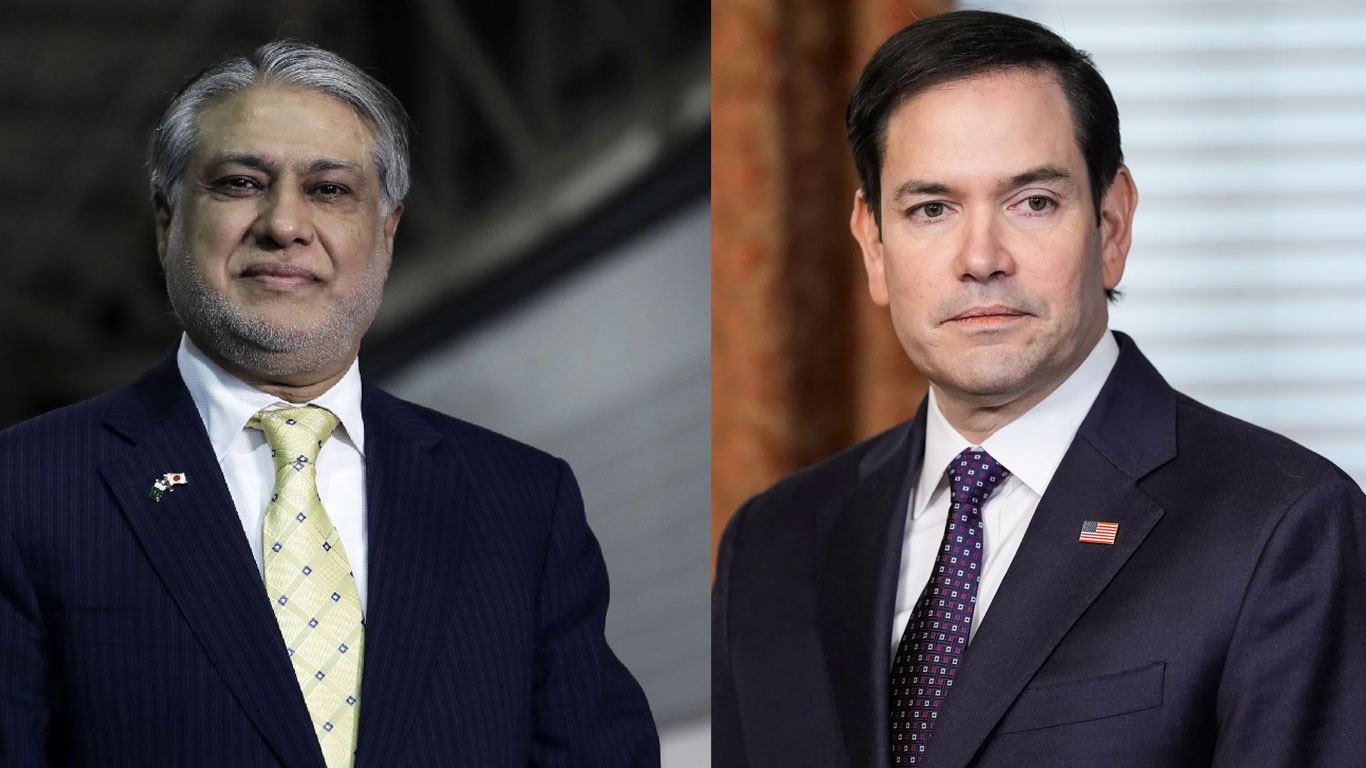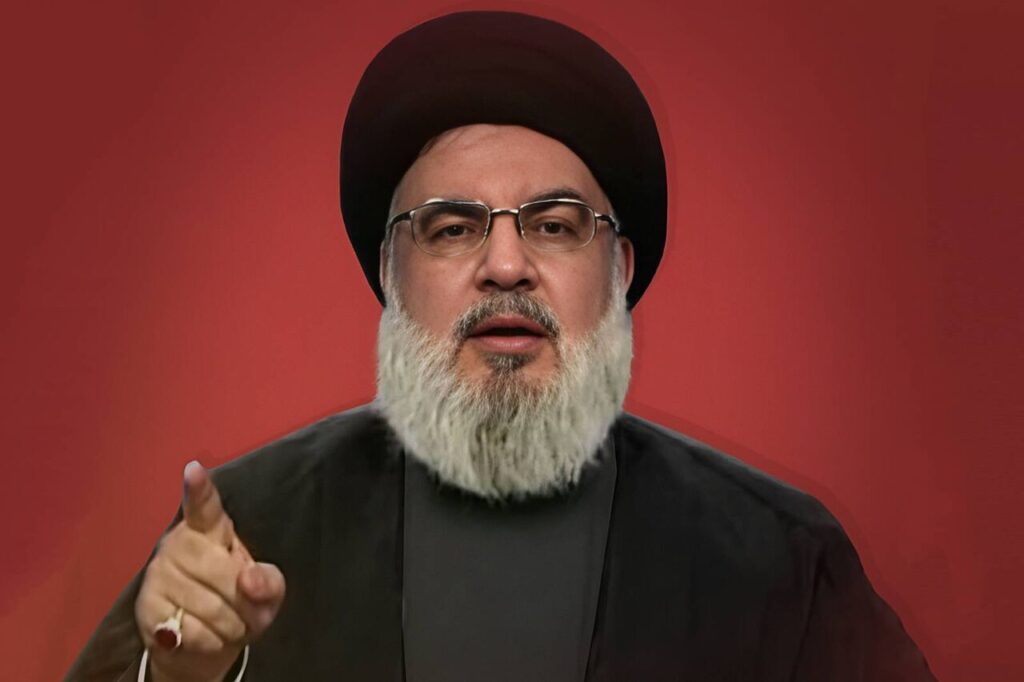The Federal Reserve, U.S. President Donald Trump is scheduled to visit the central bank’s headquarters on Thursday, the White House announced. The visit, set for 4:00 p.m. ET (2000 GMT), comes amid President Trump’s repeated criticism of Fed Chair Jerome Powell over what he views as a failure to lower interest rates aggressively enough to stimulate economic growth.
While the White House schedule confirmed Trump’s visit, it did not clarify whether the president would meet directly with Powell. This ambiguity has only heightened public speculation about the motive and potential outcome of the visit. A Federal Reserve spokesperson declined to comment on the matter when asked.
President Trump has been vocal in his disapproval of Powell’s handling of monetary policy. In recent weeks, he has intensified his attacks, most notably calling Powell a “numbskull” during a Tuesday press interaction. Trump has also previously floated the idea of firing Powell, a move that would challenge the traditional independence of the central bank.
Such comments have raised eyebrows in both political and financial circles. While the president has long been known for his blunt language, critics argue that these attacks undermine public confidence in the Federal Reserve’s independence and its ability to manage the U.S. economy free from political interference.
Established in 1913, the Federal Reserve is the United States’ central banking system, tasked with managing inflation, overseeing the stability of the financial system, and implementing monetary policy. The Federal Reserve Board of Governors, including its chair, is expected to operate independently of the executive branch to ensure unbiased economic decision-making.
Trump’s escalating rhetoric against the Fed—particularly his calls for more aggressive interest rate cuts—has alarmed economists who believe such pressure compromises the Fed’s mandate. Historically, presidents have refrained from publicly attacking the Fed, respecting its institutional independence.
Trump nominated Powell as Fed Chair in 2017, but their relationship has deteriorated significantly over time. Trump has repeatedly demanded that the Fed take stronger action to lower borrowing costs, claiming that high interest rates are slowing U.S. economic growth and putting the country at a disadvantage compared to nations with looser monetary policies.
However, Powell and his colleagues have defended a measured approach to rate adjustments, citing concerns over inflation control, employment stability, and long-term financial health.
On Monday, James Blair, the White House deputy chief of staff, hinted at an upcoming visit by administration officials to the Fed. However, he did not mention that the president himself would attend. The confirmation of Trump’s direct involvement signals a notable escalation in the administration’s pressure campaign on the central bank.
While details remain scarce, political analysts speculate that Trump’s visit is likely intended to send a strong signal to Powell and the broader financial community that the president expects the Fed to act in line with his economic agenda.
Presidential visits to the Federal Reserve are extremely rare, and when they occur, they are usually seen as symbolic or ceremonial. A sitting president’s unannounced and politically charged visit to the Fed, especially amid ongoing public attacks on the chair, is virtually unprecedented.
This visit could mark a turning point in the relationship between the executive branch and the central bank. If it leads to direct confrontation or overt pressure during the visit, it may have implications for monetary policy credibility, both domestically and globally.
The financial markets are closely watching developments between Trump and the Federal Reserve. Investors worry that increased political pressure could lead to policy shifts that are more aligned with short-term political goals rather than long-term economic stability.
Stock and bond markets often respond to changes in interest rate expectations, and Trump’s push for aggressive rate cuts could introduce volatility if markets sense a weakening of Fed independence.
In recent months, some investors have already priced in potential rate cuts based on Trump’s public demands, although Powell has emphasized a data-driven approach rather than one influenced by political commentary.
Trump’s criticism of Powell also comes at a time when the U.S. economy is navigating multiple challenges, including inflation concerns, global trade tensions, and fluctuating job markets. While GDP growth remains steady, there is growing debate among economists about whether the country needs additional monetary stimulus to sustain momentum.
The president believes that a looser monetary policy will not only strengthen economic performance but also support his re-election campaign by boosting consumer sentiment and business investment. However, economists caution that artificially low interest rates may trigger asset bubbles and undermine financial stability.




